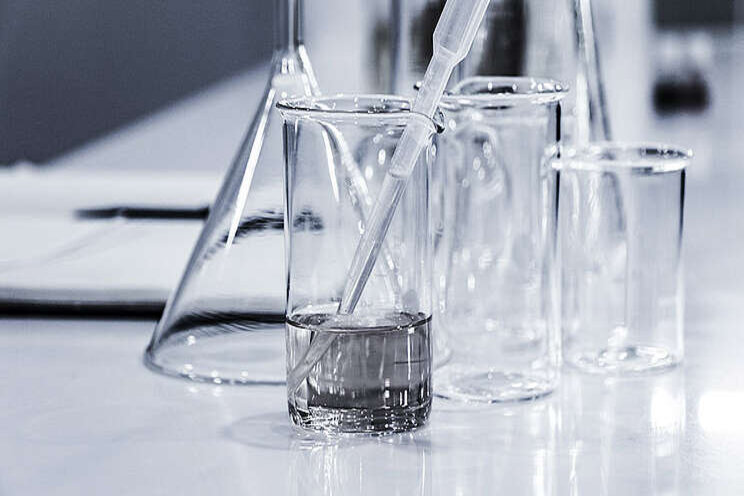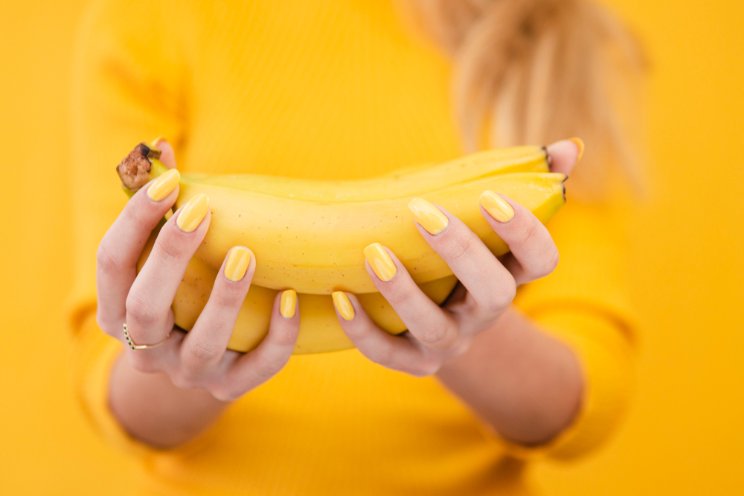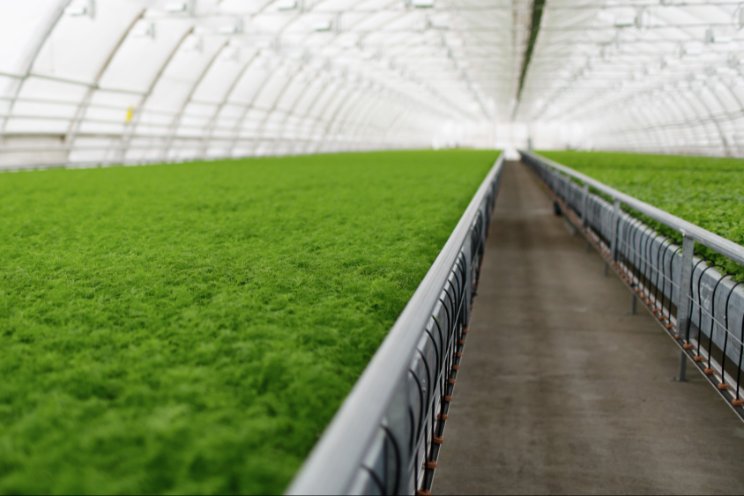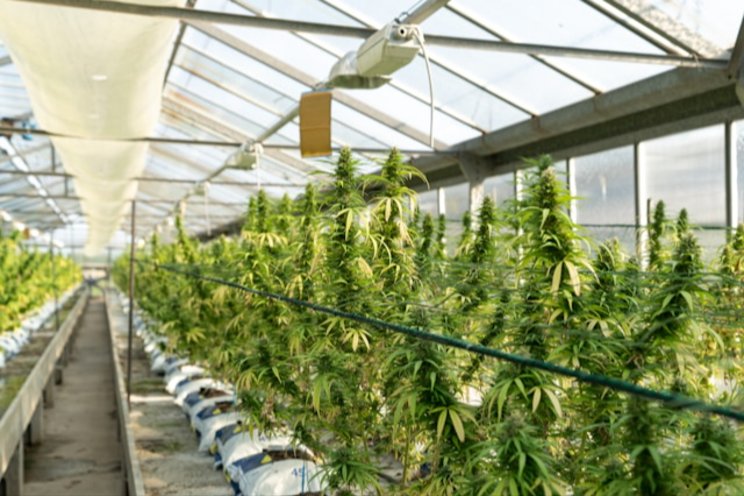Why it is important to test your water
Added on 01 August 2020

So what should you look for? Generally speaking, you want to avoid a water source with an EC over 1.0 (less than 0.3 is ideal), therefore if it is greater than 1.0 it would be a good idea to look into water treatment and/or filtration. But we should also break that down even further. Some of the elements present are nutrients that your plants need. You can work with the already present elements and create your fertilizer recipe around it, depending on your lab results. No matter the source, you will need to regularly get your water tested and make adjustments as necessary. Overtime, you may have buildup of some nutrients that can not be balanced out with additional water and nutrients. That would be a good time for a system flush.
When working in our demonstration greenhouse we commonly use QAL.net for our analyses. They can provide you with a water analysis that includes target ranges so you can see right away if you are at acceptable levels. Here is an example of their report that can be found online:

Some things to look out for are sodium, chloride, micronutrients like boron and total alkalinity.
There are varying recommendations about how much sodium and chloride is tolerable. But really it depends on your crop. Some plants are more sensitive than others to both of these. I like to keep it in the back of my mind that if combined sodium and chloride are < 50 ppm then that's a good place to be.
Boron is a micronutrient that is needed in such small amounts that it can become toxic quickly. Usually boron is only an issue in well water. But it's worth looking at either way to be sure. Boron should be less than 1 ppm in your source water.
Alkalinity should also not be overlooked. Alkalinity has to do with the buffering capacity of your water, meaning it's ability to maintain a stable pH. If your alkalinity is high, you will have to use more acid to lower your pH and will also have more difficulty stabilizing the pH as it will creep back up on it's own. This can be a real problem, because some nutrients become unavailable to plants at higher pH levels. You also must take into account what the acid you are using contributes to your total nutrient levels. Nitric acid will add nitrogen, and phosphoric acid will have phosphorus. If you are not careful, the acid can throw your recipe out of whack. The suggested range for alkalinity is less than 160 ppm according to QAL's sample report.
If you get a water analysis and need some help making sense of it all, please contact Hort Americas and we will be happy to help!
Source and Photo Courtesy of Hort Americas
Source: Hort Americas
More news















